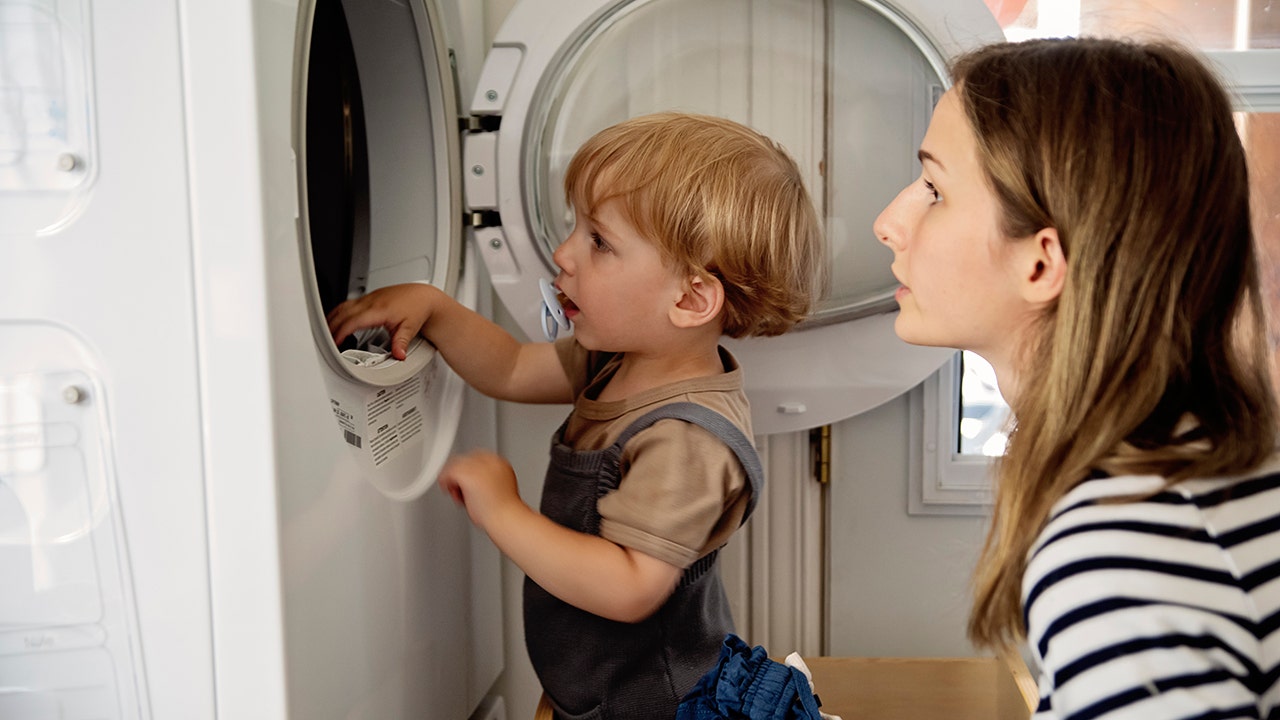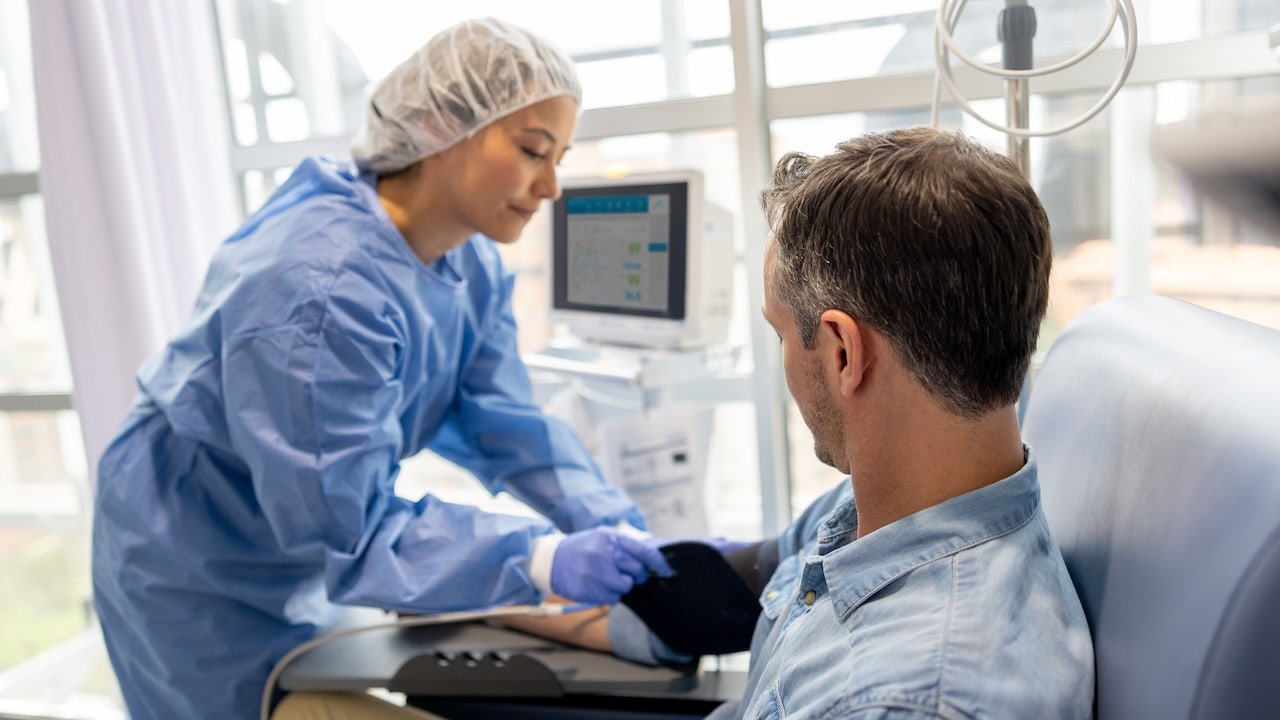Laundry done at home by healthcare workers may spread superbugs, says new study

Healthcare professionals who wash their work uniforms at home may be unknowingly spreading superbugs, according to a new study conducted by Professor Katie Laird of De Montfort University Leicester. While tossing in a load of wash at home may seem harmless, the study found that home washing machines may not effectively remove potentially harmful material, even after running a hot water setting at the equivalent of 140 degrees Fahrenheit.
The study tested six different models of washing machines to see how well they cleaned fabric contaminated with bacteria that can cause a variety of health conditions. Shockingly, half of the machines did not disinfect the clothing during a rapid cycle, while a third of them failed to clean sufficiently during the standard cycle.
Laird, a professor of microbiology, emphasized that the findings highlight potential risks associated with laundering healthcare uniforms at home, particularly concerning the spread of antimicrobial resistance (AMR) within community and hospital settings. In fact, home washing machines could potentially create a hub for antibiotic-resistant bacteria, further exacerbating the issue.
Even if healthcare workers follow all washing guidelines, the study found that half of the machines did not reach the correct temperature for effective disinfection. This means that healthcare workers may still be unknowingly spreading harmful bacteria, even if they follow all recommended protocols.
To address these concerns, Laird recommended that healthcare professionals and their institutions re-evaluate policies that allow workers to wash their work clothing at home. Implementing standardized in-house laundering within healthcare facilities or using external industrial laundries could enhance infection control measures.
The study also recommended using a disinfectant for washing machines at least once a month, as well as doing an empty wash in the machine at a high temperature to effectively disinfect it. Adhering strictly to guidelines, such as using appropriate temperatures and detergents, is crucial for minimizing risks associated with laundering at home.
In conclusion, effective laundering practices are a critical component of infection control measures, but should be part of a multifaceted approach that includes prudent antibiotic use, robust infection control measures, and public education on hygiene practices and antimicrobial resistance. By addressing these concerns, healthcare professionals can help prevent the spread of superbugs and protect both themselves and the community.




